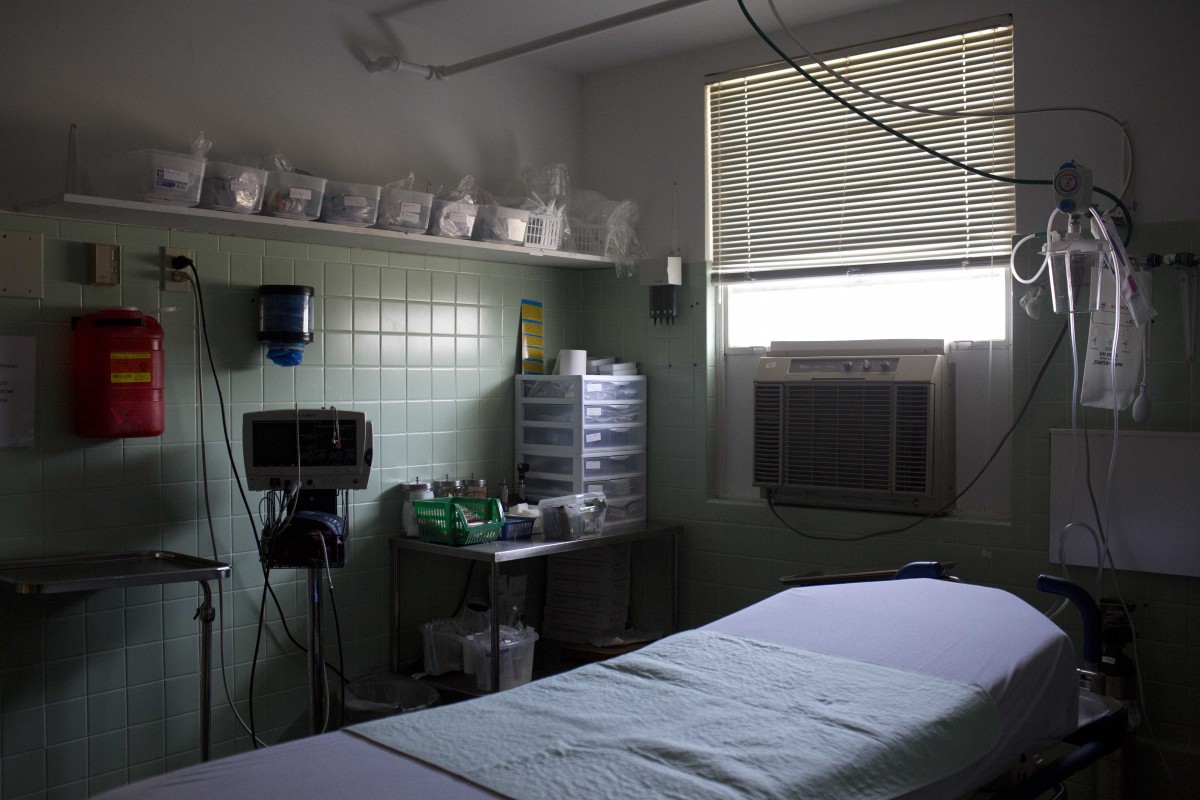My first encounter with black lung occurred as a child visiting the Tennessee Valley Fair, where a booth attendant displayed pictures of lungs flecked with what looked like tar and explained the injustice of the disease. Denise Giardina’s novels led to an early interest in health and labor activism sprinkled with awe of West Virginian’s apparent strength in the face of oppression. With those Fair pictures embedded in my mind, I anticipated abundant conversations about black lung when I entered the Appalachian coalfields in the early 2010s as a health researcher. Yet black lung was rarely discussed, with substance use and diabetes often taking center stage.
Then in 2018, Howard Berkes and colleagues, from National Public Radio and public radio stations in Appalachia, reported on an epidemic of the advanced stage of black lung disease, progressive massive fibrosis (PMF). PMF diagnoses were increasing quickly, and among younger miners than was previously seen. Berkes’ reporting was supported by the National Institute for Occupational Safety and Health research.
Barbara Ellen Smith begins her updated “Digging Our Own Graves,” by asking why, after decades of knowledge about and activism around black lung, does “such carnage and suffering persist?” First published in 1987, “Digging Our Own Graves” documents miners’ struggles for protection from and compensation for black lung. Smith centers miners’ activism, while contextualizing their narratives within broader political and social processes, from the War on Poverty to Reaganism. She offers a scathing portrayal of the institutions tasked with protecting workers – governments, medicine, and unions.
Smith’s updated version brings the reader to 2020, both in terms of the progression of black lung disease diagnoses in the region and legislation to address it, as well as labor activism in the coal industry and beyond. An added photo gallery by Earl Dotter captures the energy and direct action of coal miners and their families through the 20th and 21st centuries. These depictions eschew the stereotypes that are so often in photos of Appalachians, revealing complex lives as opposed to flattened realities. Smith’s explanations, too, challenge true but simplistic analyses of black lung disease that attribute increases to regulatory failures and technical changes in mining processes. Of course, these are factors, but a history of social hierarchy where coal operators control the work and, at times, lives and communities of coal miners produce these failures. When miners have more power, the workplace is safer.
Smith documents the lessons that miners’ struggles have for us all. West Virginia teachers knew this when they went on strike in 2018 and many wore the same red bandanas that miners wore as they climbed Blair Mountain. Miners’ stories address activism as well as the roles of government and medicine in labor movements.
Long before the conflicts over masks amid a pandemic, medicine has been political. As Smith notes, for those of us who think scientific research leads to more effective clinical and public health practice, critiquing the medical establishment in a time of science denialism is tricky, but nonetheless necessary for medicine’s progression.
Whether it’s Drs. Donald Rasmussen and Brandon Crum advocating for their black lung patients or Dr. Art Van Zee critiquing Purdue Pharma’s OxyContin marketing, Appalachian health care providers have stood against the corporate wrongdoing that has engendered and exacerbated manufactured health catastrophes. Yet we must remember that it was prescribers doling out prescription opioids and that physicians have been one of the primary opponents of black lung legislation.
Smith shows us that black lung was part of popular and medical knowledge in the 19th century, but as we entered the next century, physicians either stopped writing about it or began contesting its existence. This reflected a newfound focus at the time on the individual as the cause of sickness, as well as a growing class-based gap between physicians and patients, both of which persist today.
Physicians blamed sickness among the underclasses on poor habits and laziness. In the coalfields especially, “company doctors” paid by coal operators were unlikely to acknowledge harm done by the industry. Physicians used their access to technology, no matter its validity, to render patients’ stories of their own health meaningless in comparison to the providers’ elite knowledge. Similarly, despite Van Zee’s work, people who use drugs have faced battles in accessing treatment, with many regional physicians refusing to prescribe evidence-based medication assisted treatment because of stigma.
According to Smith, the government’s role in labor activism is also entrenched in class antagonisms. Coal miners turned to the government for black lung protections as their first but not their last step, because these protections are necessary but not sufficient to meet miners’ aims.
Miners’ activism for legislation has been a multi-century process that continues. For each act that builds onto the patchwork of black lung law, activists must work diligently to organize and publicize their agenda while waiting for the election of supportive politicians who are not swayed by coal company contributions. Smith utilizes statistics and well-placed stories to reveal that even with legal victories, federal, state and local governments may not uphold regulations due to lack of political will or lack of funding to inspect workplaces regularly or to provide promised health care and benefits. With their legions of lawyers, coal companies deftly navigate the legal system to their advantage, protesting miners’ compensation claims and declaring bankruptcy to avoid financial obligations. As part of these navigations, operators disingenuously accuse the government of withholding benefits and refusing to acknowledge miners’ suffering in a bid to turn miners against state inspectors and regulators.
Despite physician and government inaction and at times antagonism, Smith clearly articulates how miners and their families challenge coal operators’ oppression. An obvious path towards these actions is through the United Mine Workers of America, or UMWA. Again, Smith challenges this easy framework for understanding activism.
As it is currently difficult to critique medicine, it feels perilous to critically evaluate unions in this prime moment of deunionization, but Smith is able to offer a constructive critique that leaves room for the progressive power that unions can wield. The UMWA was authoritarian, with little room for rank-and-file leadership until well into the 1970s. The union’s focus was on wages, not occupational safety. When rank-and-file members attempted a coup, it culminated in several murders in 1969. The question arises throughout this book, is unionization the way forward for labor activists? For myself and I think for Smith, it can be, but careful diligence must be paid to power relations within a union.
Black lung activism is not straightforward nor simple. Smith weaves a complicated but readable and exciting tale to which I have just given a glimpse. She leaves us with hope and forewarning. Hope lives in the activism we continue to see in the mountains, whether people are holding Black Lives Matter rallies in their small towns, striking against corporate malfeasance, or taking care of each other through mutual aid. We as Appalachians have a history of these acts that no one can take from us, but no matter the effects of the recent election on our everyday lives, Smith reminds, “Victories are never secure…they must be defended, expanded, critiqued, and revised.”
Lesly-Marie Buer, PhD, MPH, is the Research Director at Choice Health Network Harm Reduction in Knoxville, Tennessee. She is an advocate for community driven Harm Reduction and reproductive justice, focusing her work on documenting how people navigate public and private health interventions, socioeconomic inequalities, and social networks. Her recent book, “Rx Appalachia,” focuses on women’s encounters with substance use disorder treatment in rural Central Appalachia.



